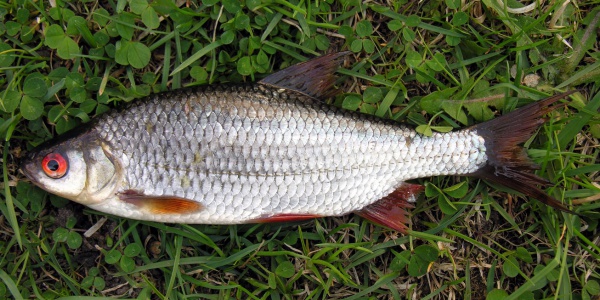Facts About Common roach
The common roach belongs to the Cyprinidae family and thrives in both freshwater and brackish water environments. Native to Europe and western Asia, this small fish encompasses several species within the Rutilus and Hesperoleucus genera. Recognized for its bluish-silver hue, white belly, and vivid red fins, the roach typically reaches lengths of approximately 35-50 cm and is distinguished by a characteristic red spot in its iris.
Regarding distribution, the common roach is prevalent throughout Europe, excluding the Mediterranean region, and extends eastward into Siberia. Additionally, subspecies in Eastern Europe and Asia exhibit varied life cycles. Notably, the roach has also been introduced to Australia for sport fishing purposes.
Ecologically adaptable, the roach thrives in diverse freshwater habitats such as ponds, rivers, and lakes, and it tolerates different water conditions, including organic pollution and brackish environments. The roach's diet is varied, consisting of plant material, invertebrates, worms, and maggots, and it forages at different depths. As a shoaling fish, the roach often forms schools and displays migratory behavior.
Reproduction for the roach generally occurs from March to June, prompted by the rising water temperatures of spring and summer. Males form schools while females lay eggs that are subsequently fertilized. A female roach can produce a substantial number of eggs, and the success of reproduction is often influenced by the water's pH levels.

 Latvia
Latvia